Leading market players are investing heavily in research and development in order to expand their product lines, which will help the Cinnamic Aldehyde Market, grow even more. Market participants are also undertaking a variety of strategic activities to expand their footprint, with important market developments including new product launches, contractual agreements, mergers and acquisitions, higher investments, and collaboration with other organizations. To expand and survive in a more competitive and rising market climate, the Cinnamic Aldehyde industry must offer cost-effective items.
Manufacturing locally to minimize operational costs is one of the key business tactics used by manufacturers in the Cinnamic Aldehyde industry to benefit clients and increase the market sector. In recent years, the Cinnamic Aldehyde industry has offered some of the most significant advantages to medicine. Major players in the Cinnamic Aldehyde Market, including Muby Chemicals (India), Payan Bertrand S.A. (France), Yingcheng Wuhan Organic Material Co., Ltd (China), Graham Chemical (U.S.), and Merck KGaA, Sigma-Aldrich (Germany) and others, are attempting to increase market demand by investing in research and development operations.
Kao Corporation is a Japanese chemical and cosmetics corporation located in Nihonbashi-Kayabacho, Ch, Tokyo. Tomiro Nagase founded Kao in 1887 as a maker of household toiletry soap. They were known as Kao Soap Company until 1954, and then as Kao Corporation until 1985. Kao Corporation was ranked fourth out of 42 companies in the Corporate Knights Industry Group's Personal Care and Cleaning Products category in 2020, recognized for its excellence in innovation capacity, employee retention, and clean revenue, or revenue from all goods and services with clear environmental benefits.
In 2020, Kao Corporation introduced the "Sofina Jenne" hair care range, which contains cinnamic aldehyde. The products are intended to shield hair from UV damage while also improving hair health.
Sigma-Aldrich is a chemical, life science, and Biotechnology Corporation based in the United States that is owned by the international chemical conglomerate Merck Group. Sigma-Aldrich was formed through the merging of Sigma Chemical Company and Aldrich Chemical Company in 1975. It expanded through acquisitions to nearly 9,600 people and was listed on the Fortune 1000. The company's headquarters are in St. Louis, and it operates in about 40 countries. When Sigma Chemical Company of St. Louis and Aldrich Chemical Company of Milwaukee combined in August 1975, they were both American speciality chemical firms.
Throughout the 1980s and 1990s, the corporation expanded significantly in terms of facilities, acquisitions, and diversification into new market sectors. In 2019, Sigma-Aldrich Corporation has introduced a new line of cinnamic aldehyde products aimed at the pharmaceutical market. The goods are intended to address the increasing demand for cinnamic aldehyde in the pharmaceutical industry, which is likely to drive market expansion in the future years.


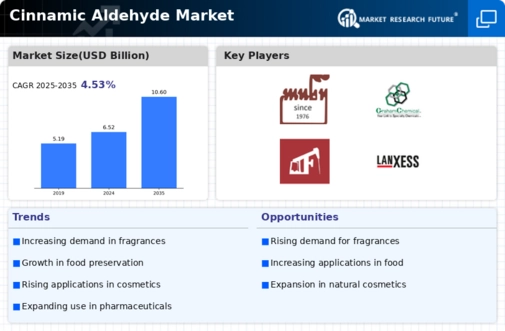
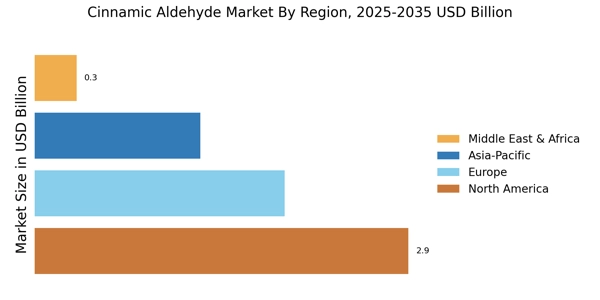
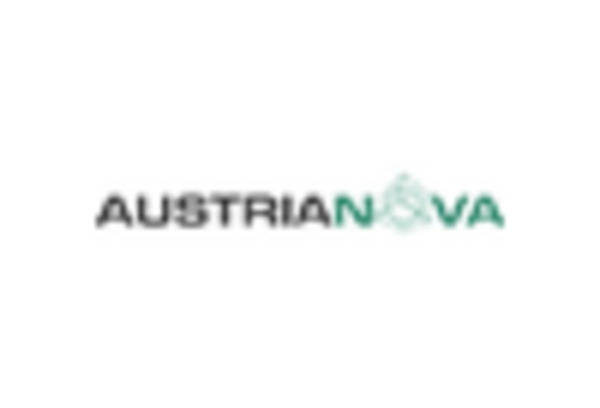

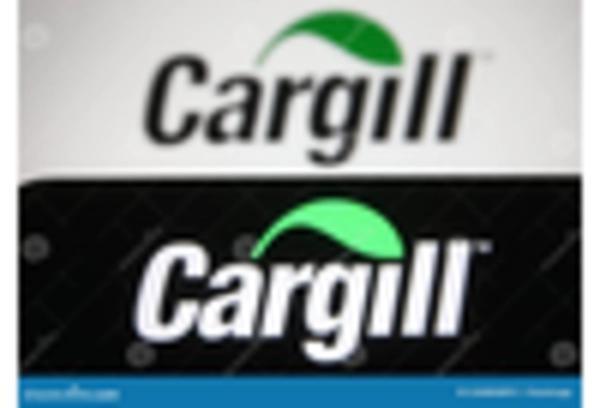
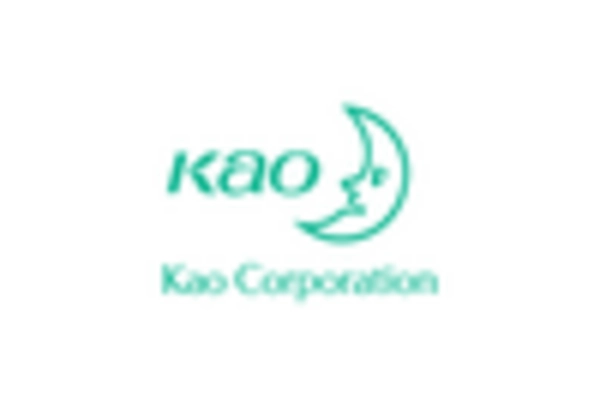










Leave a Comment